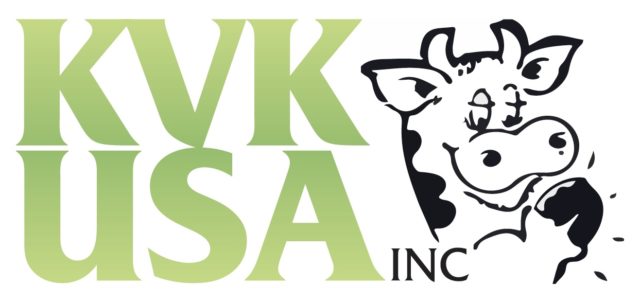Tom Barcellos is the owner of T-Bar Dairy in Tipton, California, in the drought-baked Central Valley region. T-Bar Dairy is an 800-cow dairy, and Barcellos farms 1,800 acres under the Barcellos Farms label. He is also a member of the board of the Lower Tule River Irrigation District and president of Western United Dairymen.
Barcellos was recently featured in a Los Angeles Times article about how the drought is affecting dairies in the state.
How did your interview with the Los Angeles Times come about?
It’s a function of when you’re out in the public eye, somebody sees something and they want to get a little more in-depth on it, and that’s where it came from.
Quite frankly, if you do a Google search on yourself, or anybody else really, it’s pretty surprising what comes up. The fact that I’ve been on an irrigation district board that deals with water, that kinda piqued their interest. But primarily they picked it from another little news blurb that was out there.
Have you done other interviews before?
Yes, on a wide array. Dairy pricing issues – I’m the president of Western United Dairyman, which is a trade association, so there’s always discussions of dairy pricing. I’m a delegate to Land O’Lakes which, again, it’s marketing and moving milk and the policies that guide our cooperative. I’m working, involved in quite a few fronts. I’m fairly visible, I guess you would say.
Did you do anything special to prepare for the Los Angeles Times interview?
No, nothing special. Just like I didn’t do anything special for this one.
Was there anything odd or surprising to you about the reporter’s visit?
Not surprising. They’re looking to understand the situation better, whatever it be. This particular [article] has to do with the drought.
As I was showing him an empty canal that transfers surface water we irrigate with, that recharges the underground and irrigates and provides water for a lot of different things throughout the process, I told him that it only had water in it for eight weeks out of the last two years, and that’s what led to the underground domestic wells going dry. He says, “Wow, that’s tough. When are you going to have water back here? Next month? Two months?”
No. As it stands right now, even in an average rainfall year, the federal government, which manages the discharges of water and the direction in which it goes, has indicated that we would have zero allocation for water for the coming year, which means there wouldn’t be any water coming here for at least the next 20 months. He says, “How can that be?”
There’s a clear lack of knowledge on how the systems work. People in our local areas don’t understand how the water system of California works. That’s the real challenge. We have things that we can make happen, but due to regulation and lack of informational sharing and what’s out there, they just don’t understand it. It makes it hard.
Was that the most difficult question you had to answer?
That one didn’t have a clear-cut answer, so that made it kinda difficult. He just had a difficult time grasping the concept that they just couldn’t put water in there. It would be great if we had it, but we don’t have it, so we can’t put it in there. He says, “Why not?” Well, because of all these other situations that take place in managing the entire system. That’s why we have the problem we have today.
Were you satisfied with the piece that the Los Angeles Times produced?
Very much so. It was very open; it wasn’t slanted. I think it was an excellent piece, and it was very diverse. I wasn’t the only one interviewed for that process. It indicated some other situations, and I thought it did a great job.
Have you made any new connections or had any interesting experiences as a result of the story?
Oh yeah. NBC News was out for the second time. Earlier this week, Capital Public Radio in Sacramento ran the interview that [radio station reporter] Julia did with me just shortly after that, and that [the radio interview] was a direct result of that [Los Angeles Times] story.
How do you help reporters to understand the issues?
We cover all the aspects of where the water comes from, how it gets distributed and my opinions as to why it’s not being managed properly. There again, everybody has a hard time grasping that. “Well, why don’t they just do it differently?” There’s court challenges from environmentalists, there’s rules that need to be followed – a variety of things.
It’s not just a turn-on-the-faucet kind of deal. And even if you did, there’s no water there for so many. And that’s kinda the way it goes. Everybody gets a grasp of why we got what we got; it’s a little easier for them to understand and then it’s hard for them to understand why we don’t do anything.
What advice do you have for other producers or farmers who might be doing interviews like this?
Be knowledgeable. Just give out the facts. You want to make a fair and honest case and don’t condemn something else that would create animosity that would take away your credibility, because credibility is everything.
We do two, three hours of interview that gets condensed into 45 seconds or a tenth of a page. We carry a lot of information out, and they condense it. But if you inform them properly, they can condense it properly. You have to give them a lot of information, but you have to identify what the focus is. PD






